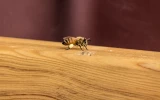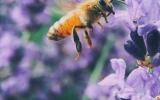Bee Sugar Syrup Recipes: 2:1 and 1:1 (Fall, Winter & Spring)
To keep honey bees from starving, you occasionally need to feed them. This includes the first installation of packages and the beginning or early stages of colony growth. You can give them extra nourishment in the form of sugar syrup or honey in combs.
A 2:1 bee sugar syrup recipe is made by mixing two parts sugar to one part water. It's used as a honey replacement to feed your bees in the fall or early winter. Bees are typically fed sugar syrup with a 50% sugar content in the spring. This indicates a weight-to-weight ratio of sugar to water of 1:1.
In making these sugar syrup recipes, you only need water and sugar. You also need fondant or bee candy to feed your bees in the winter. Let's find out how and why to feed your bees in the fall, winter, and spring seasons.
Summary
- In general, feed if you've caught a swarm, are installing a package, are obtaining a nuc, or are splitting, especially if it's later in the season, as in June and beyond.
- Avoid feeding colonies you intend to collect honey from, or refrain from harvesting from colonies you have been feeding.
- Do not continuously feed; this is only meant to assist your bees.
- Bee candy may be convenient to use as feed, but it is not recommended to completely replace sugar syrup.
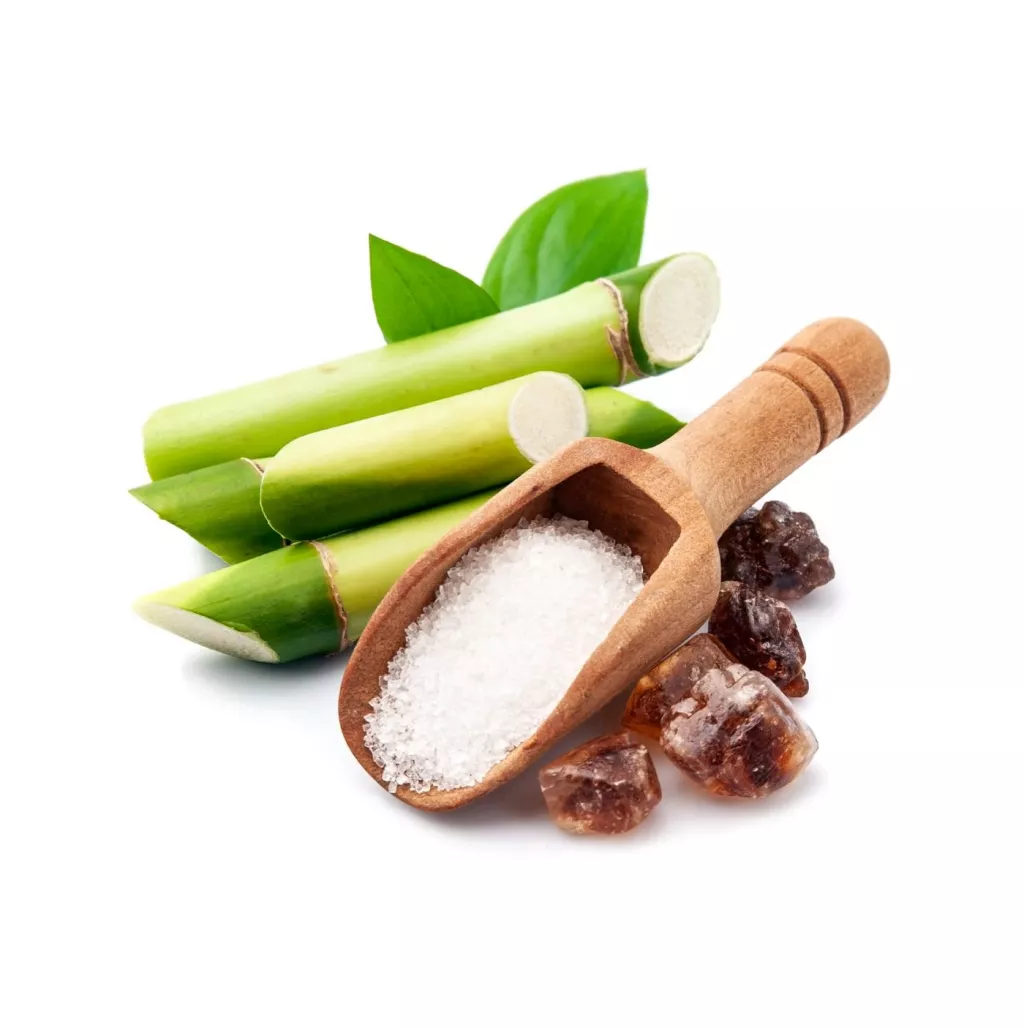
On this page:
Bee Sugar Syrup Recipe for Fall
The bees require thicker sugar syrup with less moisture in the fall. Sugar syrup with a 70% sugar (sucrose) concentration should be given to bees. 2:1 is a highly dense syrup that is created by mixing two parts sugar to one part water. This indicates a sugar-to-water ratio of 2:1. This is used as a honey replacement to feed your bees in the fall or early winter.
Making sugar syrup at home is simple. Just combine white sugar and warm water until the sugar is dissolved completely. Keep in mind that the sugar-to-water ratio is weight-based. A liter of water is equivalent to one kilogram of sugar. For instance, 5 liters of water will be required if you are using 10 kg of sugar.
Water at normal temperature will not dissolve the two parts sugar. Due to this mixing difficulty, it is advised to combine the sugar with water that is almost at a boil. Avoid letting the sugar mixture boil because doing so will give some of the sugars a chance to caramelize, making the mixture partially indigestible and potentially toxic to bees. Before giving the solution to the bees, be sure it has completely cooled.
The bees will use these stores all winter and should gain weight in the process. A normal winter beehive should weigh between 120 and 140 pounds. You must feed your bees in the fall so that they can fill cells and avoid brood throughout the winter. This is also to give late-starting colonies winter supplies.
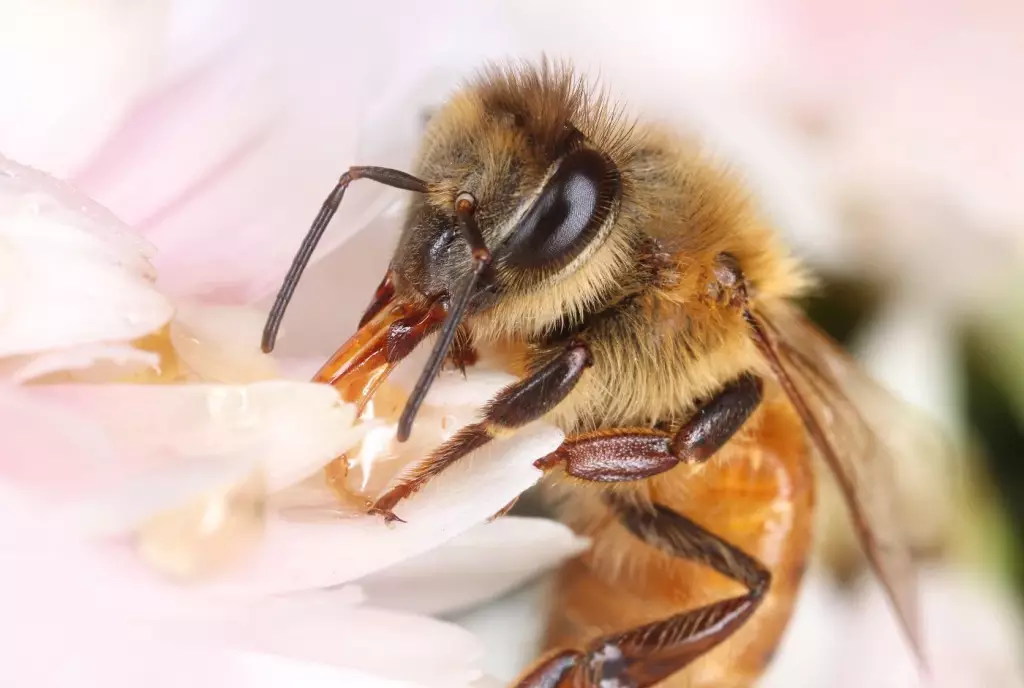
Fall feed needs to have a higher sugar content so that the bees can ripen it quickly for storage. Dysentery can occur if the syrup is stored with an excessive amount of moisture. Dysentery frequently results in overwinter colony deaths.
Bee Candy or Fondant Recipe for Winter
Fondant, often known as "bee candy," is a solid type of sugar prepared for emergency winter feeding and is easily made at home. When a colony is at risk of starvation, only use it as a last resort. That is where it can save your bees' lives.
Sugar, water, and a trace amount of vinegar make up fondant. White cane sugar, in its purest form, is the best sugar to use. Both white vinegar and apple cider vinegar are acceptable. Because it's so minimal, the fondant won't taste vinegary. The vinegar's acid will convert the sucrose into the glucose and fructose that the bees prefer.
Beet sugar is genetically modified, while cane sugar is not. Additionally, avoid using powdered sugar because it frequently contains anti-caking additives like corn starch or tapioca. Avoid using brown sugar, which can be caramelized or include molasses, both of which are harmful to bees.
Things you'll need:
- Sugar in 4 parts (by weight)
- One part water (by weight)
- 1/4 teaspoon of vinegar for every pound of sugar
- Thermometer for candy
- Thick-bottomed pot
- Stove
- Stand mixer, hand mixer, immersion blender, or whisk
Therefore, if you have a four-pound bag of sugar, you will also need one pint of water (16 ounces, or just over a pound), and a teaspoon of vinegar.
-
Water should be brought to a boil before sugar, syrup and vinegar are added gradually and mixed in a small pot. Heat gradually over medium-high heat. Stir the mixture as it warms up and until the sugar dissolves.
-
Warm the mixture using your candy thermometer until it registers 238 °F (114 °C) (soft-ball stage: to test, drop a small amount of the syrup into cold water and ensure that a ball form, but when pressed does not hold its shape)
-
Without stirring, let the mixture cool until it is just warm to the touch. When the syrup reaches the soft-ball stage, take it off the heat and let it cool in a separate dish. It should still feel warm to the touch, but not completely cold. Once you start mixing and aerating the solution, the color should lighten. Transfer the fondant to a loaf pan or another container, so it can finish cooling.
-
Once cooled, you can feed fondant bee candy directly to the bees. This recipe is frequently used in small quantities to patch the hole in a queen cage. Cut fondant from the mold as needed and feed it to your hungry bees.
-
Refrigerate any remaining fondant. Store it for later use.
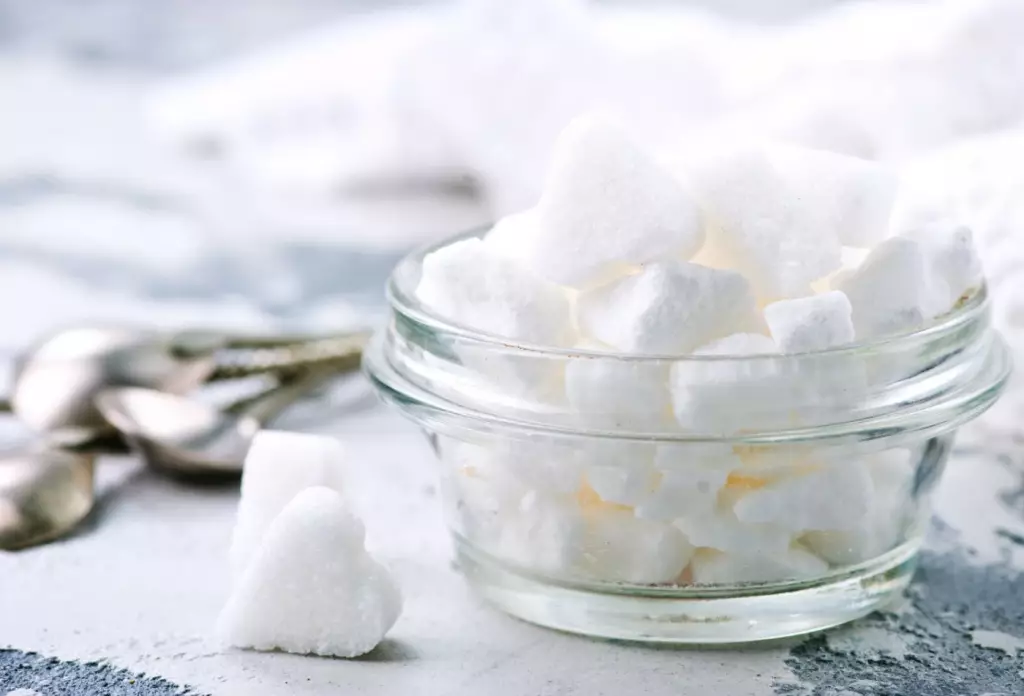
Since fondant is placed immediately within the brood chamber, it can be used as an emergency feed in late winter or early spring because the bees can quickly access it. For early emergency feeding, the baggy method is the preferable choice.
It is not advised to use fondant or dry sugar as a standard feeding approach. Compared to sugar syrup, the bees are less likely to eat it. In fact, there are times when the workers will throw dry sugar outside the hive rather than consume it.
A colony that is weak and/or malnourished shouldn't be given dry sugar. The bees won't have the strength to forage for water, but they will need water to consume the dry sugar. They will therefore not be able to ingest the dry sugar, and they will still perish from starvation.
On occasion, feeding bees syrup is not advised. Sometimes it is advised to use dry or semi-moist food for emergency feeding. In other cases, bee candy is used instead of feeding syrup because it is less messy. Bee candy may be convenient to use as feed, but it is not recommended to completely replace syrup.
Bee Sugar Syrup Recipe for Spring
Bees are typically fed sugar syrup with a 50% sucrose (sugar) content in the spring. This indicates a weight-to-weight ratio of sugar to water of 1:1. In the spring, you can also feed bees sucrose syrup with a 70% sucrose content (2:1 sugar to water by weight). The lighter syrup is typically used because it is less expensive and the bees devour it immediately rather than storing it.
Making sugar syrup at home is simple. Just combine white sugar and warm water until the sugar is dissolved completely. Keep in mind that the sugar-to-water ratio is weight-based. One part sugar to one part water is the ratio used to make this very thin syrup, which is 1:1.
Feeding your bees sugar syrup is used to encourage the queen to lay eggs in the late winter and early spring. It's also used to increase honey reserves so they don't go starving at the end of the winter. This is also to simulate nectar flow, and to cause foundation, especially plastic, to be drawn out by stimulating the bees' wax glands.
Feed the bees six weeks in advance of the nectar flow to boost the bee population. Don't feed the bees too much. If there is too much honey present, the brood area will become encased in it, making it impossible for the queen to lay her eggs and causing an early swarm. An excellent reason to examine frames is to make sure the queen bee has space to lay her eggs.
Before there are many floral sources available, early spring feeding encourages brood production and aids a colony in starting to increase its population in anticipation of the spring nectar flow. Bees continue to produce honey as long as there is a flow and storage space, which results in more honey for the beekeeper.
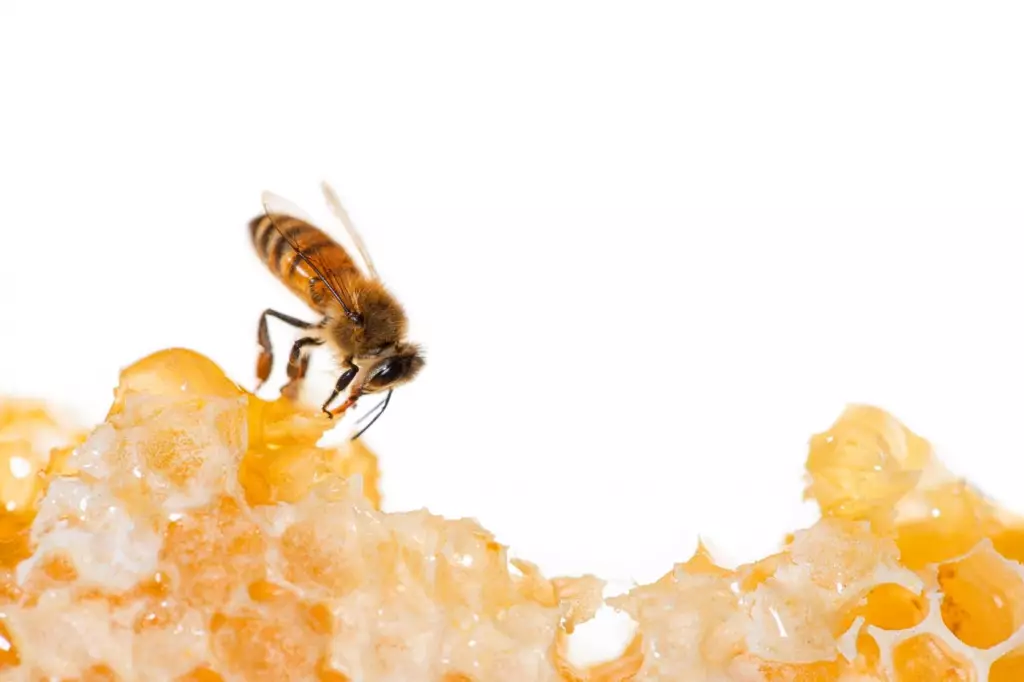
Methods for feeding your honeybees
The following are various ways to feed sugar to bees:
- In the brood box, you can tuck frame feeders—which resemble comb frames—between other frames.
- You may also set up glass jar feeders immediately outside the hive but close to the entrance, or place hive top feeders on top of the colony to allow bees to climb up and drink the syrup.
- You can give bees food by placing a bucket feeder over the inner cover hole of the hive. To provide bees access to syrup, a hole is often made in the bucket lid and covered with a fine mesh screen.
When selecting a feeder, consider how much food you need to feed and how frequently you can refill it.
